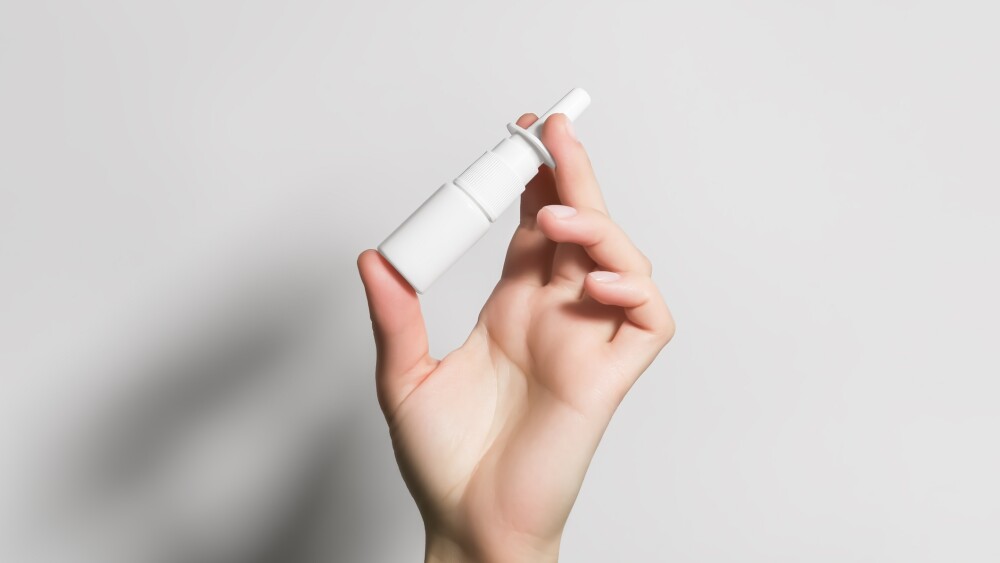Noting that from 1998 to 2017 there have been about 146 failed shots at developing drugs for Alzheimer’s disease, PhRMA released a report on the state of the industry. This would not lead most people to think there are many reasons to be optimistic about Alzheimer’s disease research, but the report does believe there are good reasons to be.
Noting that from 1998 to 2017 there have been about 146 failed shots at developing drugs for Alzheimer’s disease, the Pharmaceutical Research and Manufacturers of America (PhRMA) released a report on the state of the industry. This would not lead most people to think there are many reasons to be optimistic about Alzheimer’s disease research, but the report does believe there are good reasons to be optimistic.
The report is titled, “Researching Alzheimer’s Medicines: Setbacks and Stepping Stones.”
The study notes, “In fact, a recent analysis of late stage Alzheimer’s drug, conducted by ResearchersAgainstAlzheimer’s, a global network of leading researchers, found nearly a hundred treatments in Phase II and III development in 2018. The analysis demonstrates that the drugs in development are increasingly attacking the disease in different ways—an important fact given that successful future treatments will likely rely on multiple therapies to stop the disease.”
However, the report also points out that with an aging population, society isn’t well-equipped to deal with what is likely to be an increase in Alzheimer’s patients. “As the science progresses, physicians, lawmakers, advocates, and industry leaders must work together to ensure we’re all ready for life-saving treatments.”
This is an echo of conclusions the National Institutes of Health (NIH) and the Alzheimer’s Association already made. In particular, they noted that Alzheimer’s is the sixth-leading cause of deaths in Americans, and between 2010 and 2015, deaths from AD increased 123 percent.
The NIH’s National Institute on Aging and the Alzheimer’s Association brought together various experts and stakeholders to create the National Strategy for Recruitment and Participation in Alzheimer’s Disease Clinical Research earlier this year, as part of an effort to improve participation in Alzheimer’s-related clinical trials.
Of the 146 unsuccessful attempts to develop a treatment from 1998 to 2017, only four drugs were approved for the disease, what the new report said comes to about a 1:37 ratio of success to failure. Those successes aren’t all that great, either. Current medications to slow or treat Alzheimer’s aren’t particularly effective.
The report also says there are currently about 92 drugs for Alzheimer’s and other dementias currently under development. Since 2000, PhRMA companies, including Bayer, Eli Lilly and Company, GlaxoSmithKline, Merck & Company, Pfizer and 33 others, have invested more than $600 billion into research into dementia treatments—including $71.4 billion in 2017.
Yet, this year alone, Medicare is projected to spend $140 billion on treating patients with Alzheimer’s and other dementias. The report notes, “This equates to about one in every five Medicare dollars being spent on Alzheimer’s.”
If something isn’t developed soon, the total number of U.S. Alzheimer’s patients is projected to hit 13.8 million by 2050, with direct costs for Alzheimer’s care to hit $1.1 trillion. If a new drug could be developed that delays the onset of Alzheimer’s by only five years was approved by 2025, that number could be cut by about 40 percent and possibly save $367 billion a year in healthcare costs.
In the report, Eric Karran, vice president of Foundational Neuroscience Center at AbbVie, writes, “What’s really changed is the recognition that the disease process starts very early on in people and it precedes the actual symptoms that they suffer from by about 10 to 20 years. This is incredibly important because it shows us that for medicines to be effective, we need to find a way to treat people even before they present with clinical symptoms. And that has driven a whole lot of the science that we call biomarkers. These are things that you can measure that correlate with disease process. And we ultimately hope that we can measure some of these pathological processes going on in the human brain with imaging agents.”
As the report indicates, there’s reasons to be optimistic. UsAgainstAlzheimer’s claims that of the 92 drugs for Alzheimer’s in Phase II and III clinical trials, about 75 percent have the potential to be disease-modifying therapies. And new research comes out daily expanding our understanding of the disease.
“Despite recent failures, we have learned a lot and have much reason to be optimistic,” stated John Dunlop in the report, vice president of Neuroscience Research at Amgen. “This is particularly true when it comes to early intervention approaches, where the latest science is telling us we have the greatest opportunity to impact disease progression—an area of somewhat uncharted territory in the history of Alzheimer’s disease drug discovery.”





